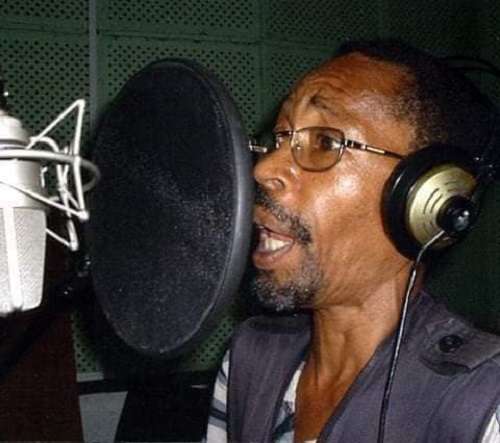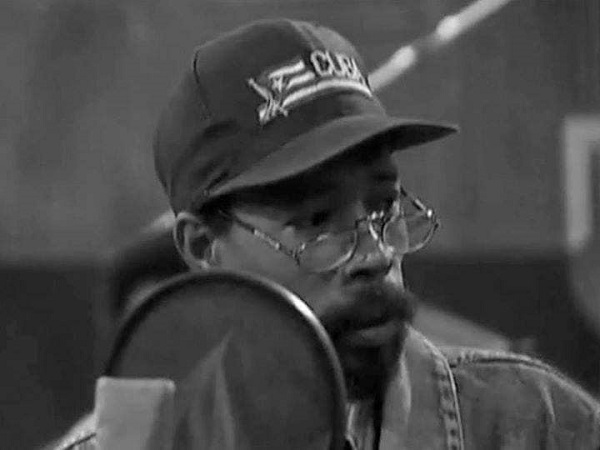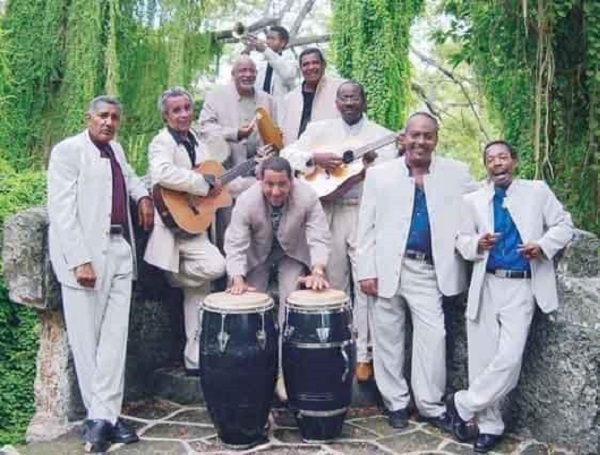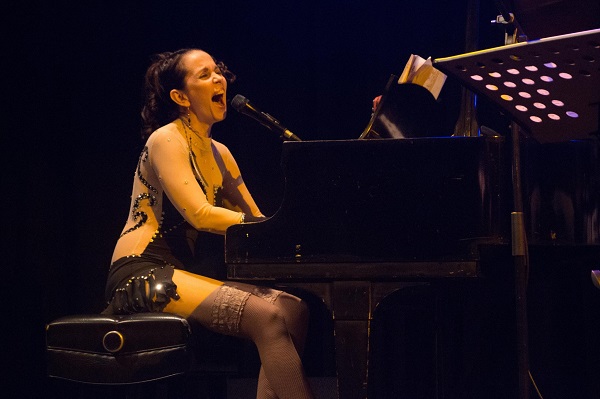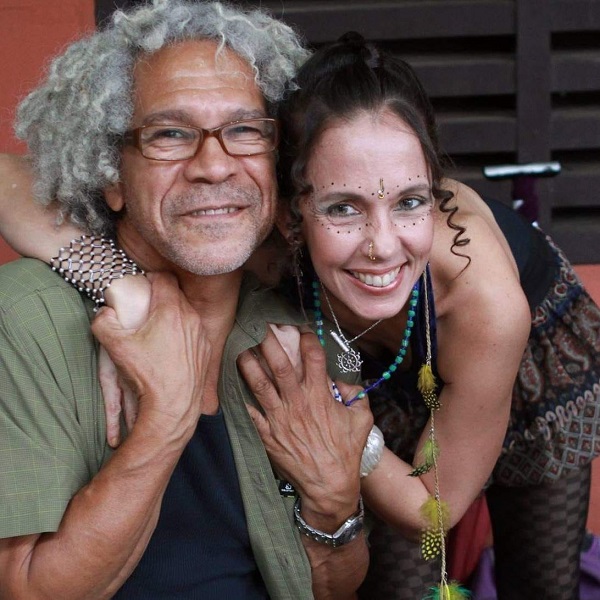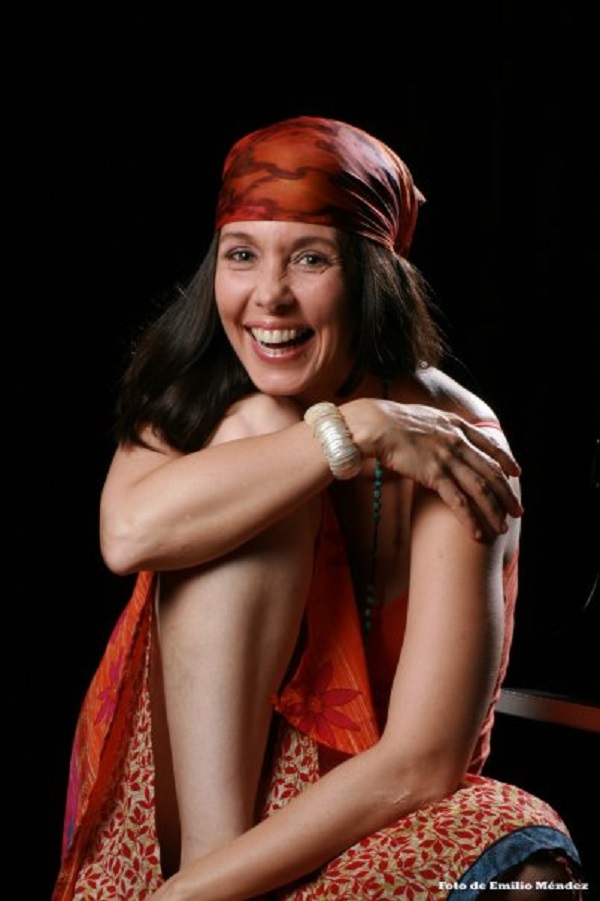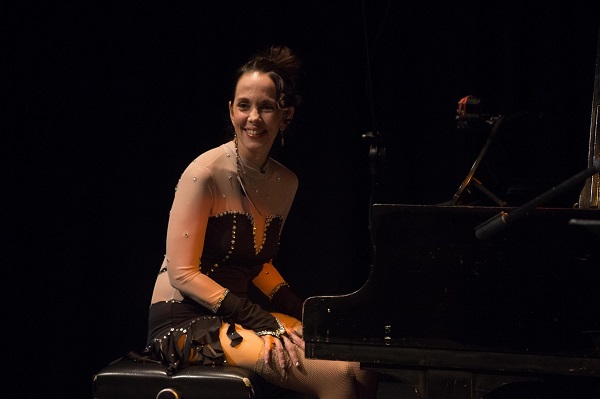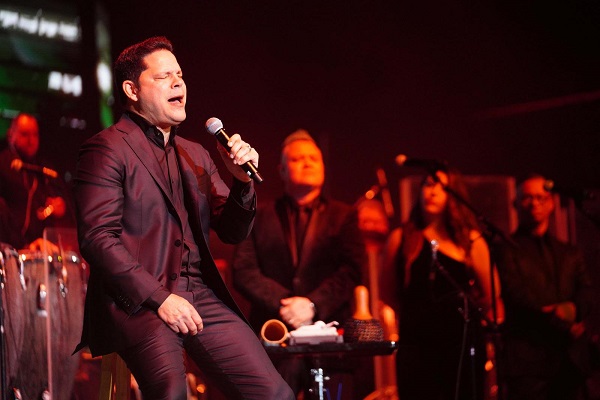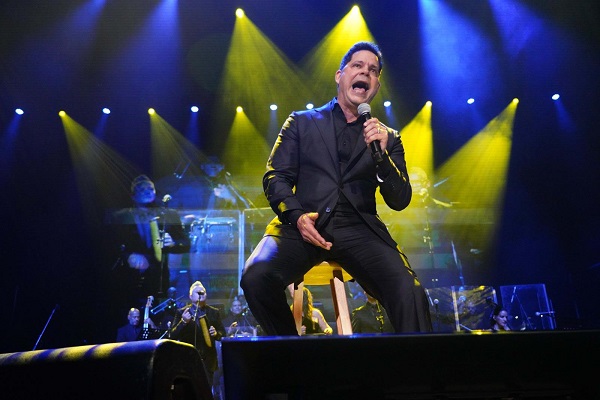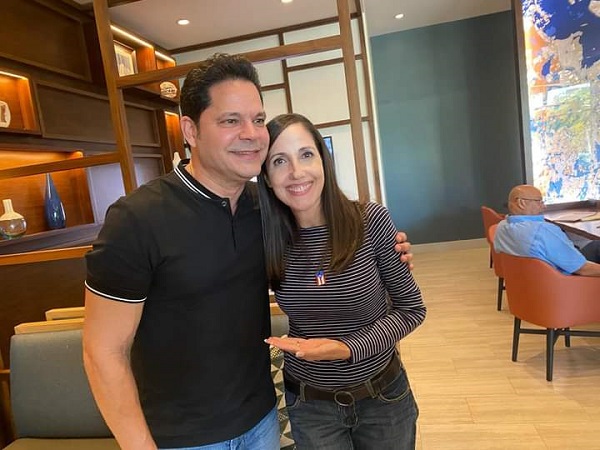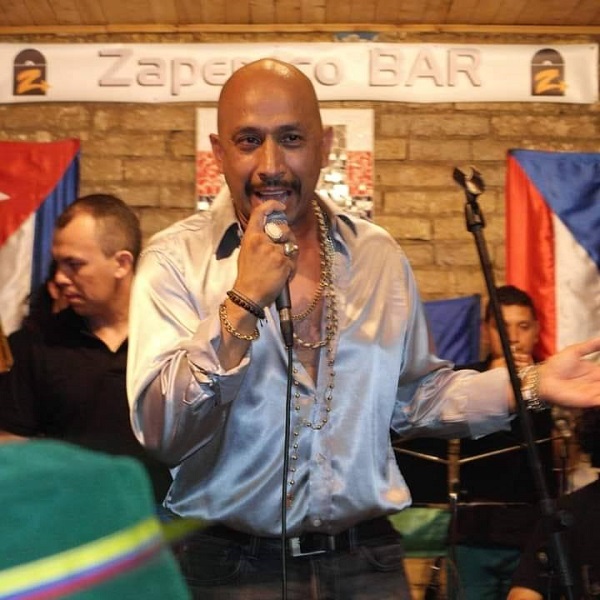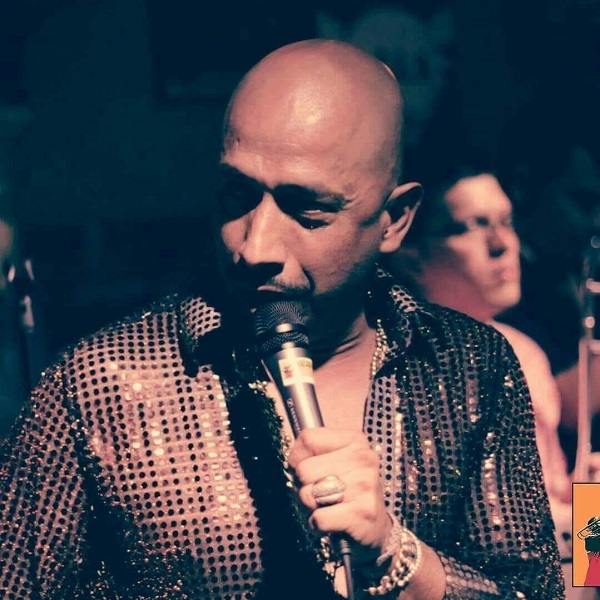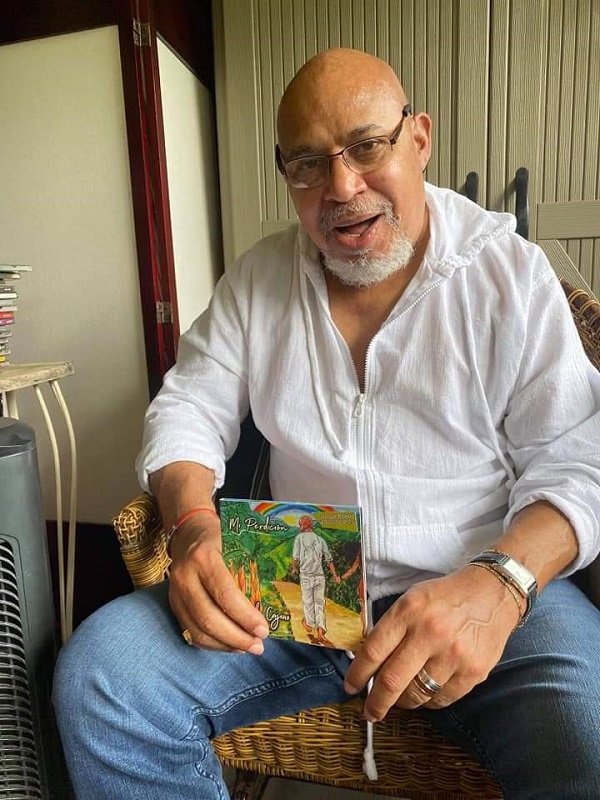In order to delve a little into what the group Son Marín was, we must necessarily refer to the late musician Jesús Blanco or “El Pure” as everyone called him.
Jesús Giselo Blanco was his first name, born in Mirandino, but settled in Caracas when he was still a child.
To talk about his musical beginnings is to evoke part of the history of the Son in our country, since “El Pure” before arriving to the San Agustin Parish had already participated with old groups such as Conjunto Rex and the well remembered Sonora Caracas.
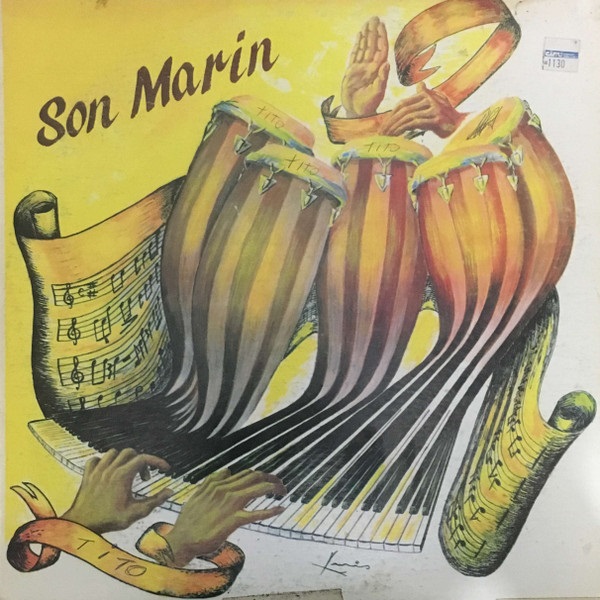
El Pure Blanco was recognized in San Agustin Marin as a true builder of musicians since, with his work as a musical artisan, besides having created the first music school in Marin, many young people were nurtured and formed with his teachings.
Jesús “el Pure” Blanco was a key character in the formation and integration of several groups in Barrio Marín, among them we remember the aguinaldo group Los Juveniles, Los Gaitetricos, Los Super Cremas, La Nueva Generación and of course his biggest dream, the “Son Marín”.
The group Son Marín had several stages, starting in 1981 when in Barrio Marín an improvised musical group was organized to receive at the International Airport of Maiquetía the Grupo Madera that was arriving from an important presentation in an International Festival in the city of Avignon, France.
That small group was formed by: Eliel Rivero (trombone), Jorge Rondón(flute), Enrique Palacio (Bass), Arnaldo Blanco(tres), Renny Mendoza (Bongó), José Luis Mendoza (Tumbadora) Luciano Reyes (singer), Pablo” Pabloco” Martínez (singer) and Jesús “Pure” Blanco was the director.
As fate would have it, that group, which was only a provisional “vente tú” organized by Pure, later became another of the emblematic groups of San Agustín, SON MARÍN.
In particular we remember pleasantly the participation of Son Marin as a representation of the San Agustin del Sur Parish, in the Afro-Caribbean Music Festival “La 5ta Esencia de la Salsa” held on June 17, 1983 at the Nuevo Circo de Caracas, by then the group had not yet recorded their first album, but we had already had the opportunity to listen to a demo with a couple of numbers that came to promote the announcer Hector Castillo in his radio program on the now defunct Radio Aeropuerto.
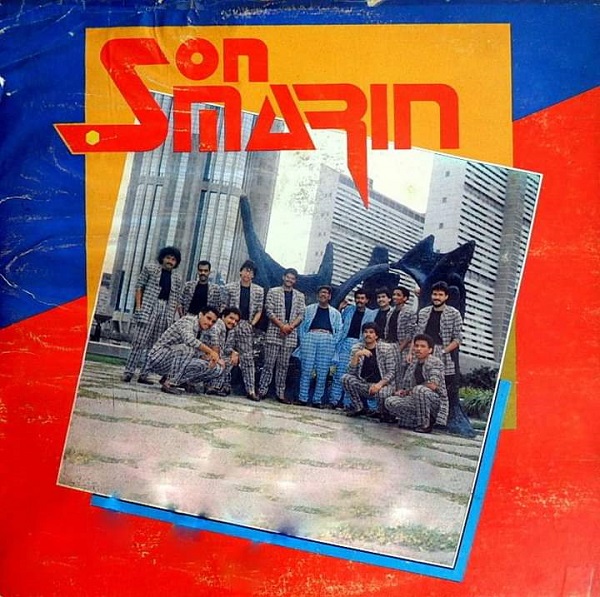
Over time the group grew and new instruments were added; and of course the inclusion of other musicians, such is the case of Jesus Guzman the popular “Paicosa” who enters as guitarist to later become the bassist and musical director of the group, it was the idea of “Paicosa” with the support of “Pabloco“, to expand the group’s equipment incorporating Hugo Olivero’s sax, Josue Silva’s trumpet, Randal Monasterio’s piano, while the percussion was reinforced with Juber Ramirez.
Already with a more solid group and with a view to a greater projection within the Venezuelan salsa music scene, the only thing missing was the recording of the album, which began in September 1986, with the collaboration of Mauricio Silva in the arrangements and the inclusion of several guest musicians.
Unfortunately, a month after the recording began and without being finalized, Jesús “el Pure” Blanco died, however his voice and feeling were reflected in this album that was finally released in 1987, quickly gaining strength and penetrating the taste of the music lover public after the composition of Pablo Martínez, AQUÍ EMPEZO LA COSA, a tribute to this neighborhood that has given so many important musicians, a cradle of soneros as Gonzalo Martínez says in the song.
The voice of Pure Blanco was recorded in the song LA CAÑA; all the numbers were original pieces except for the song “Sin Compromiso” by the Brazilian Chico Buarque, but with an excellent adaptation of the lyrics by Pablo Martínez and Joseito Romero.
To end this biographical sketch, I leave here part of the thanks contained in the back cover of the album from Son Marín.
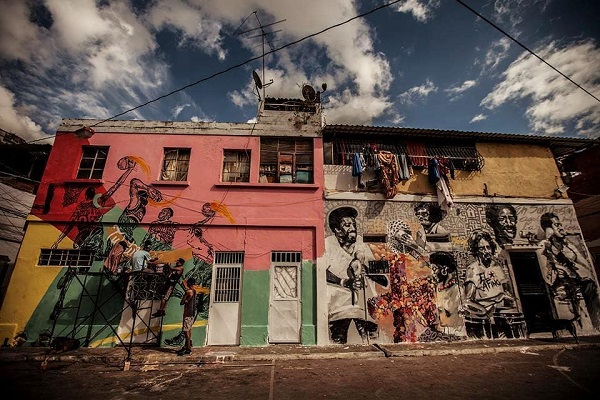
JESUS BLANCO “Pure” every joy lived with this work, makes us feel you more.
SON MARIN… This is where it all began!!! (1987) Mucer International DL-7140
SIDE A
1.- HERE I STARTED THE THING (Pablo Martínez)
2.- SIN COMPROMISO (Chico Buarque) Lyrics Adaptation: Pablo Martínez/Joseito Romero
3.- YOUR HOLY BLESSING (Pablo Martínez)
4.- EL BUHONERO (Pablo Martínez)
SIDE B
1.- LA CAÑA (Rafael Quintero/Pablo Martínez)
2.- RECUERDOS (Rafael Quintero/Pablo Martínez)
3.- VOLVAMOS A EMPEZAR (Rafael Quintero/Pablo Martínez)
4.- BENITO EL CHICHERO (Jorge Rondón)
Members:
Randal Monasterio (Piano)
Arnaldo Blanco (Tres)
Jesús Guzmán (Bass, Conductor)
Josue Silva (Trumpet)
Hugo Salinas (Trombone)
Hugo Olivero (Saxophone)
Jorge Rondón (Flute)
Jimmy Fariñas (Congas)
Fidel Martínez (Bongo/Campana)
Juber Luis Ramírez (Timbales, bongo, bell)
Gonzalo Martínez (Vocal)
Pablo Martínez (Vocal)
Jesús Blanco (Vocal)
Pablo Martínez/Gonzalo Martínez/Arnaldo Blanco/Mauricio Silva/Daniel Silva (Backing Vocals).
Guest Musicians:
José Pepe Vera (Saxophone)
Raúl Agras (Trumpet)
Mauricio Silva (Piano/Trombone)
Felipe Blanco (Conga/Güiro)
José “Cheo” Escobar (Conga)
Douglas Guevara (Tumbadora)
Daniel Silva (Bass)
Other Credits:
Arrangements and Musical Direction: Mauricio Silva
Recording Technician: Fernando Hernández
Sound Engineer: Fernando Hernández and Mauricio Silva
Executive Production: Wolfgang Roldan
General Direction: Mauricio Silva (Cortesía Sonográfica)/Son Marín (Mucer Internacional)
Recording Studio: Sonomatrix
Photos: Pedro Hernández.
Also Read: If you want to listen to Tasty Salsa tune in to Ritmo Sabor y Salsa with Nesmary J. Gómez
